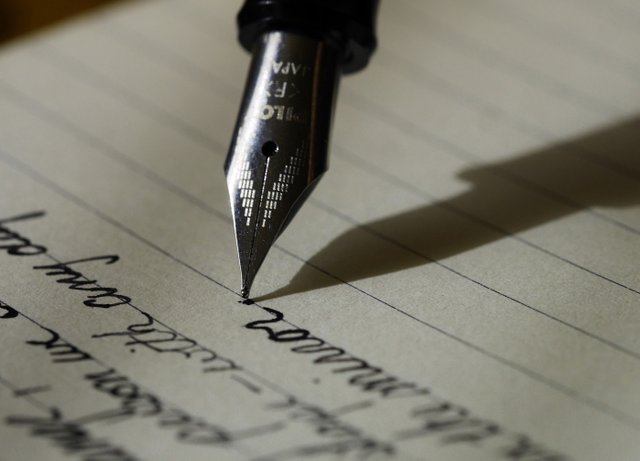Usage of Tenses in Academic Writing
Tenses are quite evil to many students who find themselves unable to put their sentences in order while Write my essay or papers simply because they cannot seem to align the tenses to the needs of sentences. It is quite simple to understand the basic idea of tenses: one chooses to speak in either the present, past, or future. This much is clear to all native speakers that tenses are an important part of the English language. These speakers need to explain if they are talking about an action that took place in the present, the past, or the future. If I want to tell someone about my action of reading a book, I would choose either of the three options.
The Convenient and the Not-So-Convenient…
It is easier to understand the simple idea of past, present, and future as described by the demonstration of the tense known as simple past, present, or future tense but things start to become a little more chaotic when other tenses come along. As each prospective essay writerwould wish to get all their tenses right and elevate their writing to another level, we need to delve into the uncomfortable but fairly easy world of tenses. But first things first: there is that one rule that is unbreakable!
You must use the same sentence in the entire essay or paper unless you narrate an event of the past or discuss prospects of the future. Most of the academic writing is done in the present indefinite tense.
The Simple Present/Past/Future Tense
- The simple present tense is used for two major purposes: either to talk about an event that is occurring right now or an action that regularly occurs. Due to the regularity of actions, this tense is also known as the present indefinite tense. If I am to say, “I walk”, that would be the perfect example of a simple present. For all the other pronouns, I could replace I with he, she, it, they, or you and add the verb “walk”.
- However, there is a rule that requires “s” or “es” to be added with all the third person singular pronouns (he, she, and it). So, the sentence would become, “He/she/it walks”.
- In the case of simple past tense, “ed” would be inserted at the end of the main verb, turning the above example into, “I walked”. While talking about the future, this tense would include “will” before the main verb, altering the current example to state, “I will walk”.
The Present/Past/Future Continuous Tense
- The present continuous tense is used to describe an action that is happening frequently in the present. According to the present continuous tense, the former example can be altered to become, “I am walking”.
- A rule for present continuous tense that needs to be taken care of is one regarding the use of helping verbs. With all the third person singular pronouns, the helping verb “is” is to be used, whereas the helping verb “are” is to be used for “we, you, and they”. I is to be followed by “am”.
- In the case of past continuous tense, “am” would be replaced by “was”, “are” would be substituted by “were”, whereas “is” would be replaced by “was”. For the future continuous tense, the words, “will be” are added before the verb and after the pronoun. The example would, in this case, become
I/he/she/it/they/you will be walking.
The Present/Past/Future Perfect Continuous Tense
- The present perfect continuous tense explains actions that began in the past and have continued into the present. For this tense, “has/have been” is followed by the present participle. Has is to be used for singular pronouns, whereas have is used with the plural ones or else consider an essay writing service. For example,
I/they/you/we have been walking.
She/he/it has been walking.
- For past perfect continuous tense, “has/have been” will be replaced by “had been”, making the above sentences
I/she/he/it/they/you/we had been walking.
- For future perfect continuous tense, the helping verb “will” will be inserted before has/have been (I will have been walking). The same rules of pronouns and has/have usage apply as the present perfect tense.
The Present/Past/Future Perfect Tense
- The present perfect tense narrates an action that began in the past but has been completed in the present or simply began at an indefinite time in the past. This tense uses “have/has” with the past participle. The same rule of usage of “have/has” applies as elucidated in the case of the present perfect continuous tense. According to this tense, the example in use would be modified to
I/they/you/we have walked.
She/it/he has walked.
- For past perfect tense, “have/has” will be replaced by “had”.
- For future perfect tense, “will” is inserted before “have”, changing the above example to “I/he/she/it/you/they/we will have walked”.
If I were to be equipped with knowledge of the above-mentioned rules, I would be able to do well whenever I would be required to write. I could write my paperin accordance with all these rules to make writing a worthy experience! Tenses are not difficult if you practice them for a while!
If you do not have time and you are at a place where desperate times call for desperate measures, you can simply decide to access some assistance. A quality paper writing service would be reliable and efficient. These services offer the help of professional dissertation writers who offer their expert services for your benefit. Get all the help you may need and make all those tenses make perfect sense!
These services will get all those tenses right in record time with minimal cost.
Related Questions:
Where Can I Pay Someone to Write My Paper?
Is It Possible to Pay Someone to Write My College Essay?
Where Can I Hire Someone to Write My Paper for Cheap?
Can You Help Me Write My Research Paper Fast?
